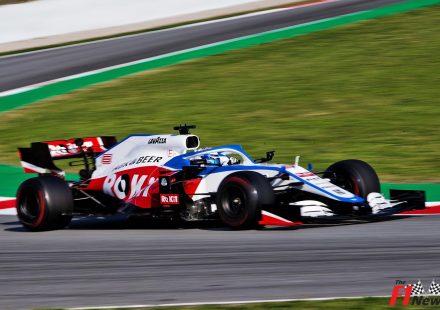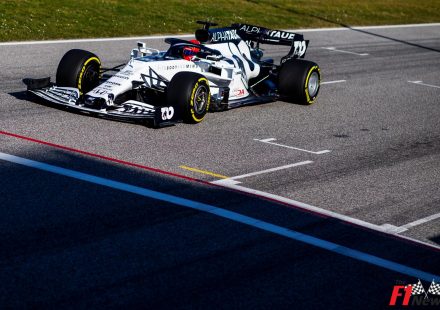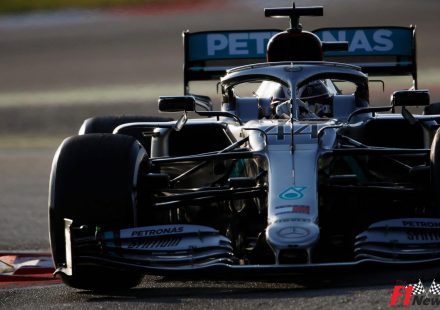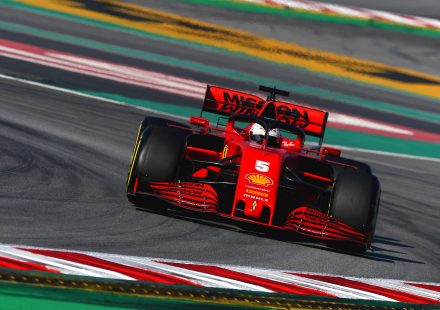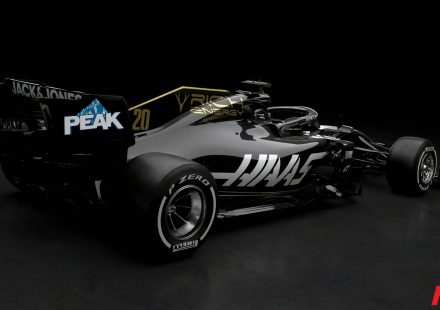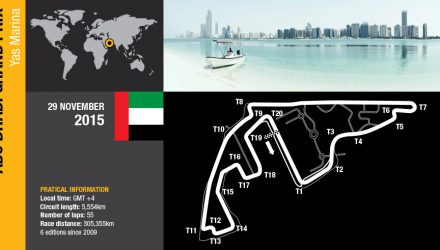Montreal in numbers :
(with 1 being the easiest, 5 being the most severe)
| Internal combustion engine | 4 |
|---|---|
| MGU-K | 3 |
| MGU-H | 4 |
| Battery | 2 |
| Fuel consumption | 3 |
| Energy recovery | 4 |
Montreal overview:
 Rémi Taffin, Renault Sport F1 head of track operations:
Rémi Taffin, Renault Sport F1 head of track operations:
At the start of the season we said that we would be out of recovery mode and back on track from the Canadian Grand Prix onwards. In the last four races we’ve introduced several new upgrades and we will complete the process in Montreal, effectively giving us the first full opportunity to see where we are versus the competition.
We have several new parts to debut here, primarily designed to give us greater reliability. As in previous races we have more upgrades to software to further enhance driveability and energy management. Additionally we have investigated the reasons for the failures in Monaco and have taken measures to ensure they do not reoccur. In particular we have looked at Vettel’s issue, which was traced back to a mechanical problem with the MGU-H. The part in question has been revisited and further end of line checks have made it more robust now. The exhaust issues on the Toro Rossos have also been investigated with the team and together we have seen how we can avoid further issues in future thanks to improvements to our diagnosis and understanding of the full exhaust system behaviour in the car.
These developments will all be of benefit in Montreal, which represents the toughest challenge of the year so far for the Power Units. The long straights demand maximum power for a high percentage of the lap, therefore stressing the ICE hugely. I expect we’ll see speeds in excess of 330kph as we did in Barcelona so we will rely on the MGU-K and MGU-H to boost both top speed and acceleration.
With very few corners energy recovery via the MGU-K will however be pretty difficult as the cars do not slow frequently over the lap. As a result the emphasis will be on the MGU-H to recover energy through the exhaust gasses – we’ll need as much energy as we can as we’ll be right on the limit with the fuel consumption here. Having said that, we will also monitor the right balance between traditional and electrical energy to decide the most effective way to use the fuel in the race.
Even though we know that the competition is extremely strong, we go to Montreal in an optimistic frame of mind as we always do our best to win on track. Realistically we have to be humble, but it will still be a very good test of how far we’ve come since the difficult winter testing period and how much work remains to be done.
News from Total
Once a fuel formulation has been chosen and validated by Renault Sport F1, Total puts it into production and stores in numbered and sealed drums (50 or 200 litres). A sample is sent to the FIA for approval by gas chromatography. This is the birth of a F1 fuel. It now has its official reference, similar to a genetic code. Another sample is also sent to the supplier responsible for the calibration of flow meters. A complete validation cycle of 3 to 4 weeks is required for each new type of fuel. The FIA takes samples at random during race weekends, as well from the top three-finishing cars. Total engineers also have their own chromatograph at circuits to ensure the conformity of the fuel compared to its approval code at any time over a race.
Renault Energy F1-2014 Fast Facts:
- The Circuit Gilles-Villeneuve has the fastest overall lap time of the year with one lap taking an average of less than 80secs. The heavy braking zones of the hairpins and chicanes will increase fuel consumption and the race will require more fuel than the 100kg limit. Energy recovery will therefore be critical to regulation conformity. Renault has however made strong progress in this aspect of performance since the start of the year.
- Over 55% of the lap is taken at full throttle. While not quite in the same league as Spa and Monza, which are taken at around 70% full throttle, it is still a significant proportion of the lap at full power. As much as good top speed is important, it is the acceleration from the hairpins and chicanes that will minimise lap time rather than top end grunt.
- Total will continue its development of new fuel compounds in Montreal following successful trials in Barcelona and Monaco.
- Engine stability under braking will be critical in Montreal, particularly through Turn 13 or the Wall of Champions. The driver needs to know that his car is stable enough to brake from over 320kph to under 100kph and take the turn. Too much torque or not enough will destabilise the car and could put the driver into the wall in a worst-case scenario.
- Renault engines have taken five wins in Canada, all in the normally aspirated era (1989, 1993, 1996, 2006 and 2013). Eddie Cheever came second in the turbocharged RE40 in 1983 but was some way from victory. Renault has also powered nine pole positions, eight with the V10 and V8 and one with the V6 turbo in 1985 with Elio de Angelis at the wheel.
Image & Info: Renault Motorsport

